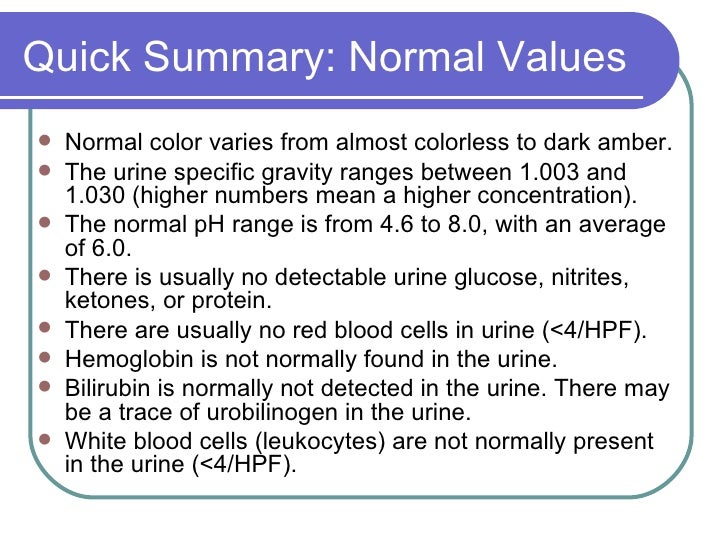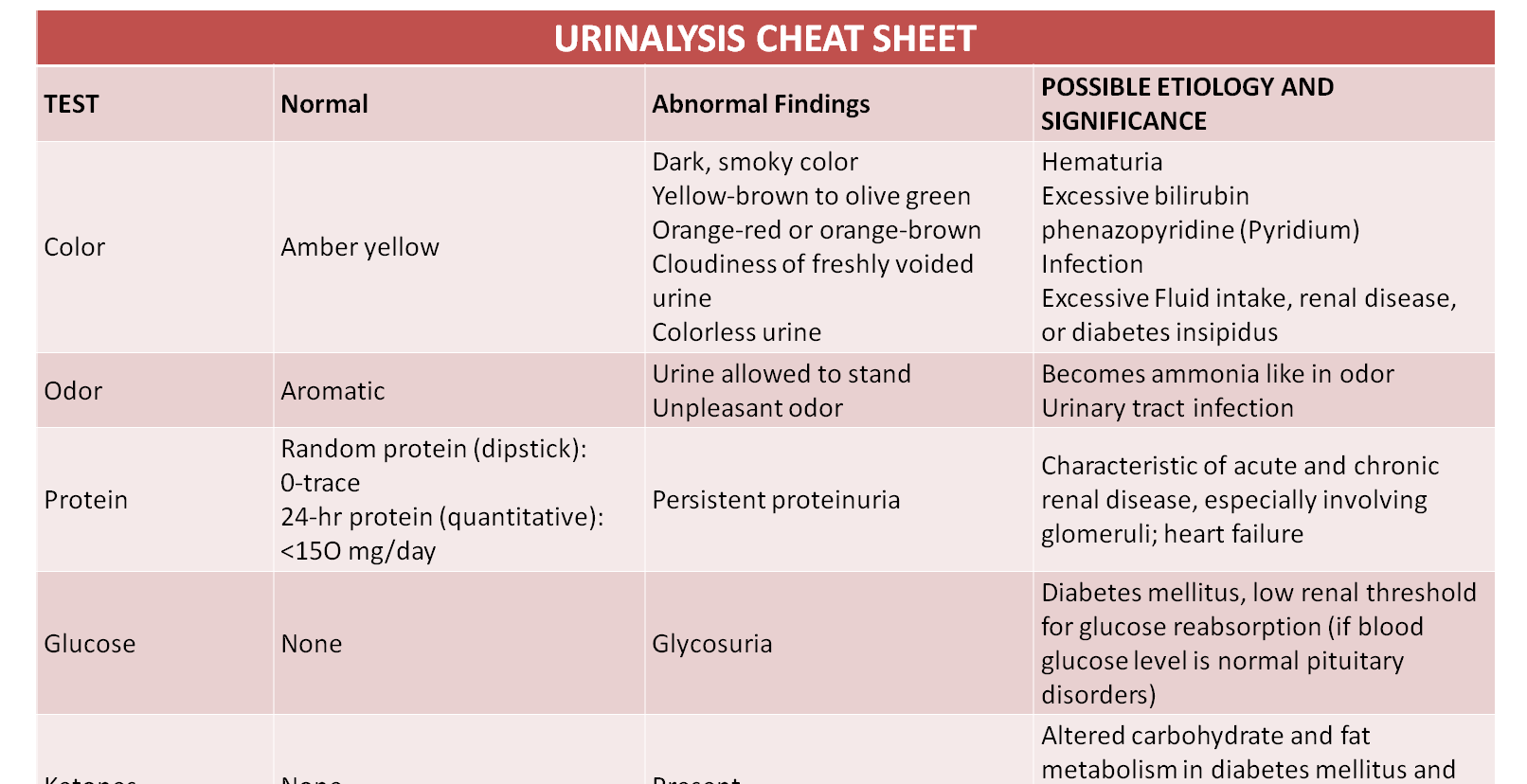
Your healthcare provider will send the urine sample to a laboratory while it’s fresh. This is known as the clean-catch (or midstream) method. Urinate into the cup until you have a large enough sample, and then finish urinating into the toilet. Urinate a small amount, and then place the cup under your urine stream. This will reduce the likelihood that bacteria will contaminate the sample. Your healthcare provider will give you a cup to collect a urine sample.įor the best sample, you should use an antibacterial wipe to clean the area around your urethra. The best time to get a sample is first thing in the morning, when your urine is the most concentrated. When glucose is present at the same time in the urine, diabetic ketoacidosis is the likely diagnosis.A sample for a urine specific gravity test contains at least 1 to 2 ounces of urine. We often see ketones in the urine of unwell children in the ED. DKA or vomiting and reduced intake, fever, extreme cold and extreme exercise, the body metabolises increased fat to get the energy it needs to keep functioning. Produced by the liver as intermediate products of fatty acid metabolism, in normal states they will be completely metabolised. Ketones are not normally found in the urine. False Negative: Dilute urine or acidic urine (pH 5.0.False Positive: Concentrated or alkaline urine (pH >7.5), trace residue of bleach, NaHCO3, cephalosporins.Causes: transient or orthostatic (most common and benign), click here for summary of causes in children.“Trace” positive results = 10 mg/100 ml or about 150 mg/24 hours (the upper limit of normal). False negative possible if specific gravity is 3.5g/day is excreted.haemoglobinuria, myoglobinuria, concentrated urine, menstrual blood in the urine sample, rigorous exercise) so dipstick positive blood needs to be looked at under the microscope to accurately diagnose haematuria Red or brown urine does not always mean blood.

Click here for further information on diagnosing UTI in children it’s not quite as straight forward as you would hope. NICE recommendation: if you suspect a UTI clinically, send urine for MC&S and do not rely on the dipstick result alone we are supposed to diagnose a UTI if there is bacteriuria on microscopy, even without pyuria. Especially true in children less than 3 years old. Conversely, a UTI diagnosis may be missed if a negative urinalysis dipstick is used to exclude UTI.NICE “ do not do recommendation”: Do not test urine if the infant or child has an obvious alternative source of infection. The white cells may be increased because of infection elsewhere. BUT, pyuria does not necessarily indicate a UTI. A positive leucocyte esterase test correlates well with pyuria.



The current NICE UTI guideline recommends microscopy and culture to rule out UTI in children younger than 3 but suggests that dipstick urinalysis is enough in older children. Babies don’t hold urine in their bladder for that long.


 0 kommentar(er)
0 kommentar(er)
